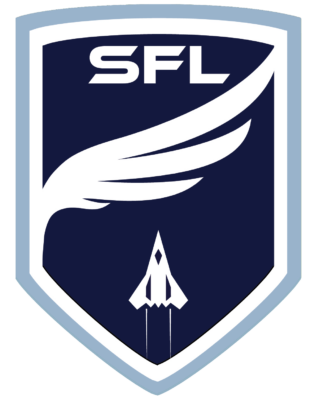
COMING SOON

STRIKE FIGHTER LEAGUE
COMING SOON

COMING SOON

COMING SOON
The post–World War II era ushered in a new kind of conflict. In Korea, the first large-scale jet battles exploded over MiG Alley, where Soviet-built MiG-15s flown by North Korean, Chinese, and covert Soviet pilots met F-86 Sabres piloted by Americans, British, South Africans, and other United Nations forces. At closing speeds exceeding 1,000 miles per hour, the rules of air combat changed forever. Victory depended not just on the aircraft, but on who could outthink and outfly the other in seconds.
Vietnam pushed the fighter community even harder. Advanced technology offered no guarantees. Surface-to-air missiles, restrictive rules of engagement, and evolving enemy tactics exposed painful weaknesses. In response, nations redefined how fighter pilots were trained. The U.S. Navy created TOPGUN. India invested in its Tactical Air Combat Development Establishment. NATO allies revamped dissimilar air combat training. These were the roots of the modern fighter pilot: tactical, analytical, and unshakably lethal. The SFL celebrates this shift by replicating the crucible that shaped a new generation of international warriors. Every match is a test of instinct, intellect, and nerve—just like the battles over Hanoi and the Yalu.
World War II was the first true air war fought across continents. From the Battle of Britain to the defense of Stalingrad, from the skies over Burma to the carrier duels in the Pacific, air combat shaped the outcome of the most consequential conflict in human history. Spitfires, Hurricanes, and Typhoons defended the United Kingdom. Yaks held the Eastern Front for the Soviets. Zeros ruled the Pacific early on, while Mustangs, Thunderbolts, and Corsairs took the fight to Axis strongholds in the later years. Every nation that flew fighters understood one truth: control of the air meant control of the war.
Fighter pilots became a breed apart, forged through adversity, defined by discipline, courage, and a relentless drive to win. Whether flying for the Allies or Axis powers, they embodied national pride and technical excellence. The Strike Fighter League draws from this global legacy, building a new platform for competition that unites elite aviators from every corner of the world. Just like in 1944, victory comes to those who train the hardest, adapt the fastest, and fight with absolute precision. That mindset isn’t bound by borders. It’s the soul of the SFL.
By 1991, the face of air combat had changed. But the fighter pilot’s mission remained deadly serious. In Operation Desert Storm, the F/A-18 Hornet and F-16 Fighting Falcon stepped into the spotlight as the defining workhorses of a new kind of war. GPS-guided bombing, real-time battlefield awareness, and electronic warfare dominance turned what was once brute-force engagement into a symphony of coordinated precision. The Hornet flew the first strike of the war, destroying key radar installations while dodging surface-to-air missiles just minutes into the operation. Meanwhile, F-16s flew more combat sorties than any other aircraft, diving deep into contested Iraqi airspace with unwavering tempo and lethal effectiveness.
This was the era that proved the multi-role fighter concept. One machine, in the right hands, could fight, bomb, and survive in the most dangerous skies on Earth. But none of it worked without the pilot: trained, mission-focused, and obsessively dialed into their craft. This blend of cutting-edge technology and human mastery is what the SFL now brings to the world stage. We honor the Hornet and Viper communities not just by flying their digital counterparts, but by demanding from our competitors the same adaptability, discipline, and fearlessness that made these aircraft legends in the first true high-tech war of the modern age.